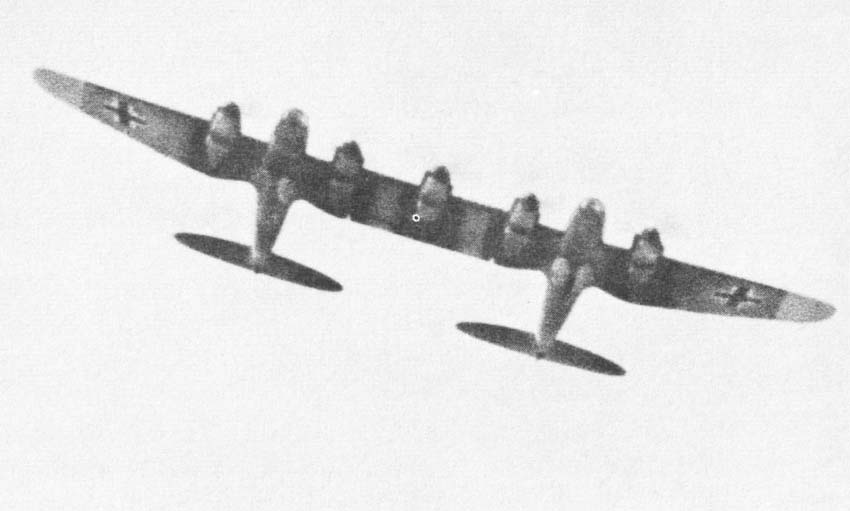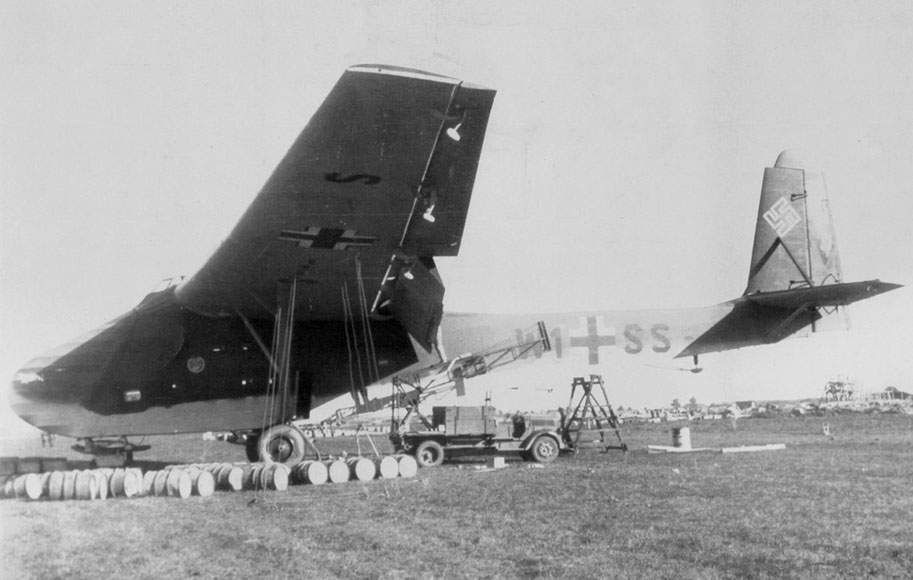I got to see Space Ship One and White Knight's X-Prize winning flight, live, in the desert. It was a thing to behold, for sure. The key thing is that Space Ship One's engine doesn't fire until it detaches from White Knight. It free-falls for a bit while White Knight gets out of the way, and then the rockets fire and it WHOOOSHES away. So spindling around the wing is a concern during flight, but not during launch, and these big pig platforms like the Stratolaunch just kinda lumber up into the air, drop some payload, and then make a wide flat turn to return to base. I think of them more of an escalator than a plane... But yeah... flying these things must be An Experience. Gentle inputs only! :-)
One problem is that when you drop it you go from a dynamic load of "the second and third stage of a satellite-launching rocket" to "nothing" which I'm sure they're engineered for but it's not a task I really want. Another problem is that those big dumb pontoons the people are in have enough aviation fuel to get a "second and third stage of a satellite-launching rocket" up to 35,000 feet. Stratolaunch is, from an engine standpoint, three Boeing 777s. Assume it launches halfway through its mission profile, having burned two thirds of its gas, that's about 120 tons of avgas you're burning. Sixty tons per pontoon. About half a 777 worth of gas attached to that wing, twice. This is an HE111-Z1. It's a pair of Heinkel HE-111 bombers glommed together to haul this ridiculously large cargo glider into flight. There weren't a lot of people who flew them, and nobody's really sure how they all ended up, but by the end of the war there were four. The design was a little ad hoc: The Stratolaunch is kind of the HE111-Z1 if instead of 5,000 HP worth of piston engines it had 330,000 lb of thrust and instead of towing a big dumb glider, it's lifting 1/3 of a Delta II in launch configuration. Obviously, it works. Obviously, Burt Rutan and crew know hella more about aviation than I do. But Stratolaunch still gives me a real Helistat kinda vibe.

The engine configuration was made up of 5 x Junkers Jumo 211F 12-cylinder, liquid-cooled, inverted Vee engines of up to 1,340 horsepower each. These engines were fitted across five individual nacelles along the wing leading edge, three found at the center wing chord and two held outboard to either side of their respective fuselage in the usual way. Despite this multi-engined layout, the He 111 Z was still somewhat underpowered when attempting to pull a fully-loaded Me 321 glider. This was rectified through the utilization of rockets for additional thrust (RATO - "Rocket Assisted Take-Off") - not a wholly uncommon sight found at the beginning of the jet age. The Zwilling could, however, maintain flight if any or all of the three central wing cord engines failed - certainly showcasing the importance of the outboard engines. Range could be augmented by up to four external drop tanks which supplied the design its needed endurance.
I think this is completely valid. Just because it uses the same airspace as a Cessna does not make them equivalent. You don't take malamutes on the subway, you don't try and use chihuahuas to pull sleds.I think of them more of an escalator than a plane...